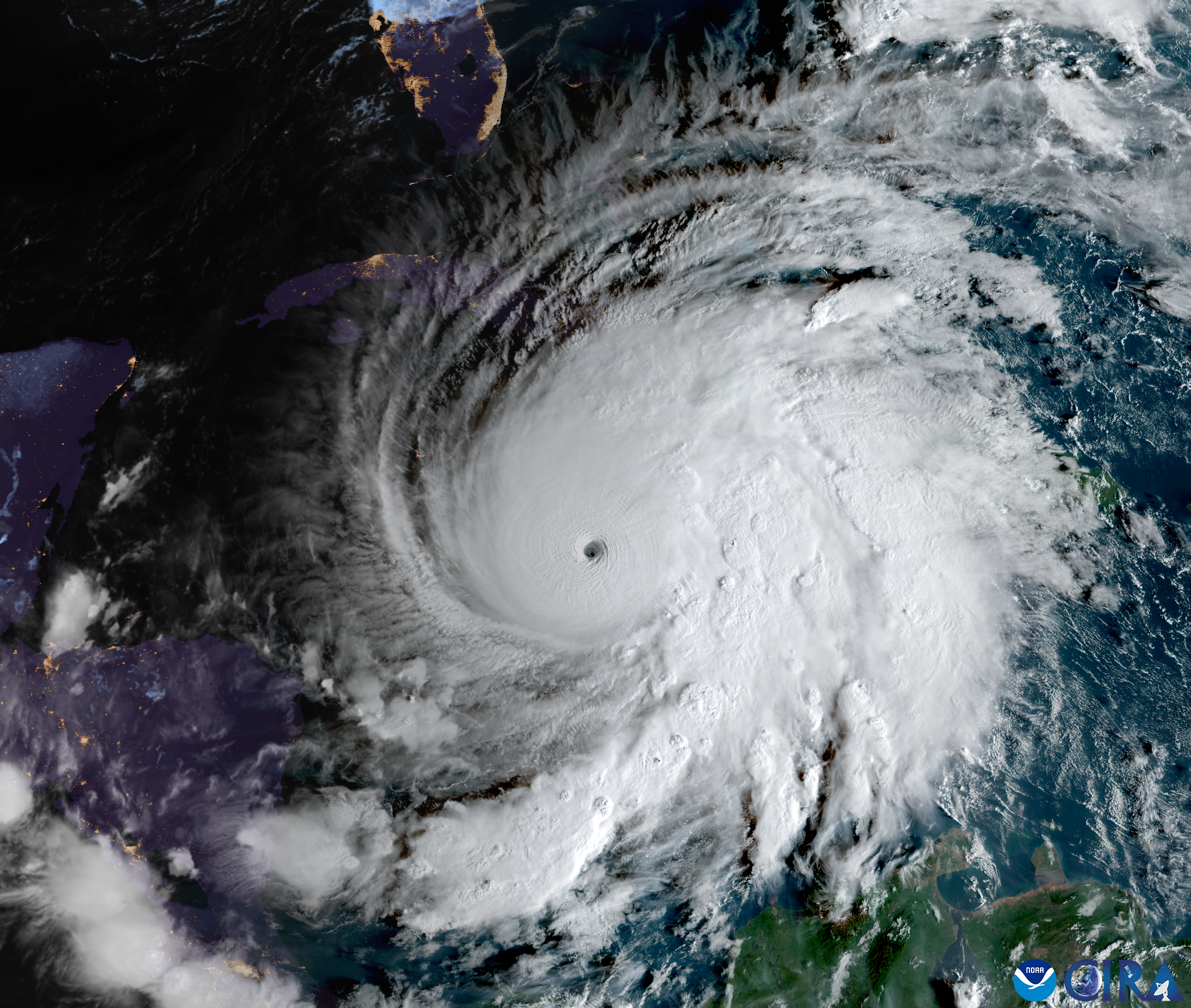

Hurricane Melissa is the largest storm of the 2025 Atlantic hurricane season to date and the strongest to ever hit Jamaica. It made landfall on Oct. 28, bringing 185 miles per hour winds and causing widespread damage across the country.
Melissa formed as a tropical storm on Oct. 21 about 300 miles south of Haiti. The 13th named storm of the season, Melissa traveled northwestward very slowly over the next week, impacting Haiti, the Dominican Republic, Jamaica and Cuba. It is expected to affect the Bahamas and Turks and Caicos in the coming days.
Key facts
- The National Hurricane Center described Melissa as “one of the most powerful hurricane landfalls on record in the Atlantic Basin,” and it was also the strongest hurricane to ever hit Jamaica.
- Climate Central’s rapid attribution study found that climate change strengthened Melissa’s winds by about 10 mph (16 km/h).
- Most hurricanes in the Atlantic move at a speed of 10 to 13 miles per hour. Melissa’s speed slowed to 1 mph at times and was just 8 mph after landfall in Jamaica.
(Photo: Hurricane Melissa in the Caribbean, Oct. 29, 2025. Credit: NOAA/CIRA)
Jamaica
Hurricane Melissa made landfall in New Hope, Westmoreland, Jamaica, on Oct. 28 at 12:30 ET as a Category 5 storm, with sustained winds of 185 mph. Landfall occurred about 25 miles southeast of Negril, a tourist area on the western coast. Winds stayed strong (130 mph) as Melissa moved across the island.
Melissa was expected to affect 1.5 million people in Jamaica. On Oct. 29, 70% of the island was without power. St. Elizabeth Parish in southwestern Jamaica has been devastated, with buildings submerged and roofs missing. In one of its towns, Black River, home to about 5,000 people, the mayor said, “catastrophic is a mild term” based on the destruction he was viewing. The entire rescue system, including all the supplies and first responders’ equipment, was underwater.
The Caribbean Disaster Emergency Management Agency (CEDMA) is providing coordination across all impacted countries. Referencing Jamaica shortly after landfall, it said, “Extensive flooding, landslides, road blockages and impacts to transport infrastructure reported across at-risk parishes. Several critical facilities have been damaged or are inaccessible.”
Even before landfall, the storm killed three people in Jamaica who were engaging in storm preparations. Officials have reported at least eight deaths, including two in Black River and two more elsewhere in St. Elizabeth Parish.
Haiti and Dominican Republic
Melissa did not make landfall in Haiti or the Dominican Republic, but strong winds and rain from the outer bands affected both countries.
Before landfall in Jamaica, the storm killed three people in Haiti and one in the Dominican Republic – all from flooding. One person remains missing in the Dominican Republic. Tracking the number of missing, injured or deceased is always difficult in the heart of a crisis, but estimates for deaths in Haiti range from 20 to 40.
Flooding from the hurricane killed at least 20 people in Haiti (with more than 10 missing) after the La Digue River overflowed its banks in Petit-Goave.
Al Jazeera reported high river levels, flooding, destroyed water systems, power outages and landslides. In the Dominican Republic, at least 200 homes were damaged.
Cuba
Melissa made landfall on Oct. 29 near Playa Dos Rios as a Category 3 storm, before weakening to Category 2. Winds were still strong at 115 mph, but forward movement reached 12 mph. When a storm moves faster, there is less chance for it to stall and dump excessive rain in one place.
About 735,000 people were evacuated ahead of landfall. Once the storm departs Cuba, the Bahamas and Turks & Caicos will remain at risk.
While there are many immediate needs following hurricanes, funders should also consider designating funds for the anticipated intermediate and long-term needs of communities. Damage from a major storm can last for years, and even decades.
Preexisting vulnerabilities in Jamaica
While poverty in Jamaica has decreased in recent years, in part due to a compounded 85.7% increase in the national minimum wage, Jamaica’s poverty prevalence in 2023, the last year for which there is data, was 8.2% (11.5% in rural areas). Good-paying, local jobs will be crucial for economic recovery in the country.
Food insecurity remains a concern. The 2025 Caribbean Food Security and Livelihoods Survey found that 54% of Jamaican households were food insecure, and 39% had reduced food stocks. Melissa’s impact on fishing and agriculture will likely increase food insecurity.
Avoiding the second disaster of in-kind donations
After a disaster, people often want to help by sending in-kind donations, aka “stuff,” to support relief and recovery efforts. However, it is crucial to only send items that are needed and specifically requested, when appropriate, to a specified recipient who has the means to store and distribute them. Unsolicited material donations can become a second disaster.
The Jamaican government created a detailed needs list with specified quantities and item types. Other countries may do the same. Funders should check these lists before donating an item to ensure it is requested and still needed, and that there is a means of distribution.
Good360, a CDP grantee partner, shared the following list of immediate relief items, which echoes the Jamaican list. Companies wishing to ship relevant supplies to affected countries can work through a partner like Good360 to ensure they arrive at the appropriate time and place.
- Shelter materials: Tarps, tents, cots, blankets, sleeping bags, mats
- Water & sanitation: Purification tablets, Water filters, testing kits, buckets, jerry cans
- Hygiene & health: Hygiene kits, hand sanitizer, first-aid supplies, PPE
- Power & lighting: Generators and fuel, flashlights/lanterns, batteries, radios, chargers
- Cleaning/Recovery: Work boots, gloves, trash bags, cleaning supplies, mold remediation products, mosquito repellent
Learn more about the challenges of product donations here.
Island recovery
Post-disaster needs on islands are different from those in mainland communities. For example, everything brought onto an island must be used, diverted, moved to a waste management facility or removed from the island. With an extreme amount of trash created by the hurricane’s destruction, the fewer unnecessary items brought to Jamaica, the easier it will be to manage waste.
For example, while water is needed, focusing on water purification systems and filters allows existing water supplies to be used rather than importing millions of small bottles of water, creating unnecessary waste.
Caribbean islands have a very tight supply and exchange network. Damages to industries in Jamaica will also affect other nearby islands.
Islands also have a higher cost to rebuild than mainland communities, as everything must be shipped in. Funders should expect to pay more per unit for housing rebuilds and for projects to take longer than usual.
Cash donations/remittances/banking apps
The Jamaican government has requested financial assistance in addition to supplies. Experts recommend monetary donations to organizations responding to disasters. This allows on-the-ground agencies to direct funds to the most significant area of need, support economic recovery and quickly re-establish access to basic necessities.
Given telecommunications and power outages, digital banking applications and wallets will likely become a lifeline for many. These have seen increased acceptance in Jamaica in recent years.
Almost one-quarter of Jamaica’s gross domestic product (GDP) comes from international remittances. While rates have decreased in recent years, approximately $3.3 billion to $3.5 billion USD in remittances are sent to the country, with most coming from Jamaicans living in the U.S.
CDP always recommends cash as an intervention and a recovery strategy. Direct cash assistance gives each family flexibility and choice, ensuring that support is relevant and timely. Cash-based approaches to disaster recovery also give people the freedom to choose how they rebuild their lives and provide a pathway to economic empowerment.
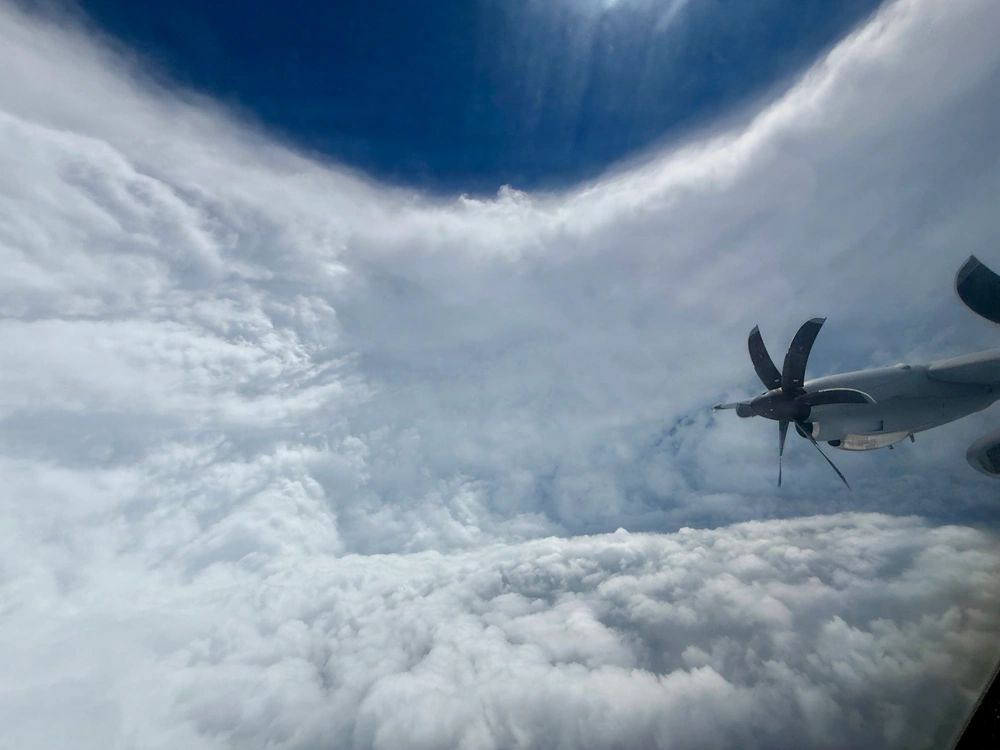
You can donate to the CDP Atlantic Hurricane Season Recovery Fund to support recovery from Hurricane Melissa by selecting “2025 Hurricane Melissa” from the dropdown menu.
Contact CDP
Philanthropic contributions
If you have questions about donating to the Hurricane Melissa and the CDP Atlantic Hurricane Season Recovery Fund, need help with your disaster-giving strategy, or want to share how you’re responding to this disaster, please contact development.
(Photo: A U.S. Air Force Reserve crew from the 53rd Weather Reconnaissance Squadron, flies through the eye of Hurricane Melissa on Oct. 27, 2025. Credit: U.S. Air Force photo by Lt. Col. Mark Withee)
Recovery updates
If you are a responding NGO, please send updates on how you are working on recovery from this disaster to Tanya Gulliver-Garcia.
We welcome the republication of our content. Please credit the Center for Disaster Philanthropy.
More ways to help
CDP’s CEO Patty McIlreavy recently shared three lessons from Hurricane Helene that are relevant for funders wanting to build a strong recovery after Melissa. She said,
- “Speed matters, but trust matters more. Quick relief without local ownership fades fast.
- Recovery is a marathon, not a sprint. Communities need flexible, long-term support.
- Preparedness and partnership pay off. Investing early in local capacity shortens recovery and strengthens the social fabric.”
Philanthropy should be flexible in its grantmaking and respond to acute and changing needs.
CDP funds allow donors to contribute to a pooled fund focused on recovery and allow CDP to respond to changing priorities and issues. You can donate to the CDP Atlantic Hurricane Season Recovery Fund to support recovery from Hurricane Melissa by selecting “2025 Hurricane Melissa” from the dropdown menu.
Resources
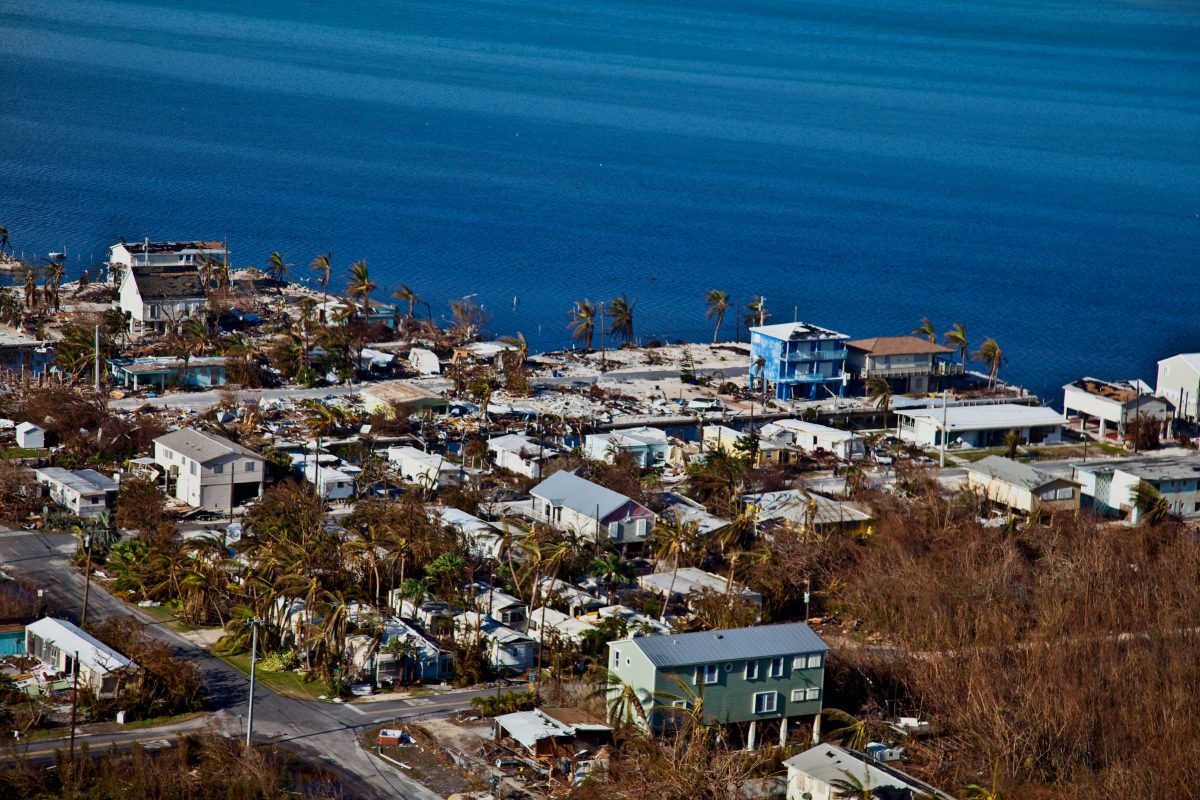
Hurricanes, Typhoons and Cyclones
Tropical cyclones (also known as hurricanes and typhoons) pose significant global threats to life and property, bringing a variety of hazards, including storm surges, flooding, extreme winds and tornadoes. Funders can intervene to reduce harm to people and property, before, during and after storms.
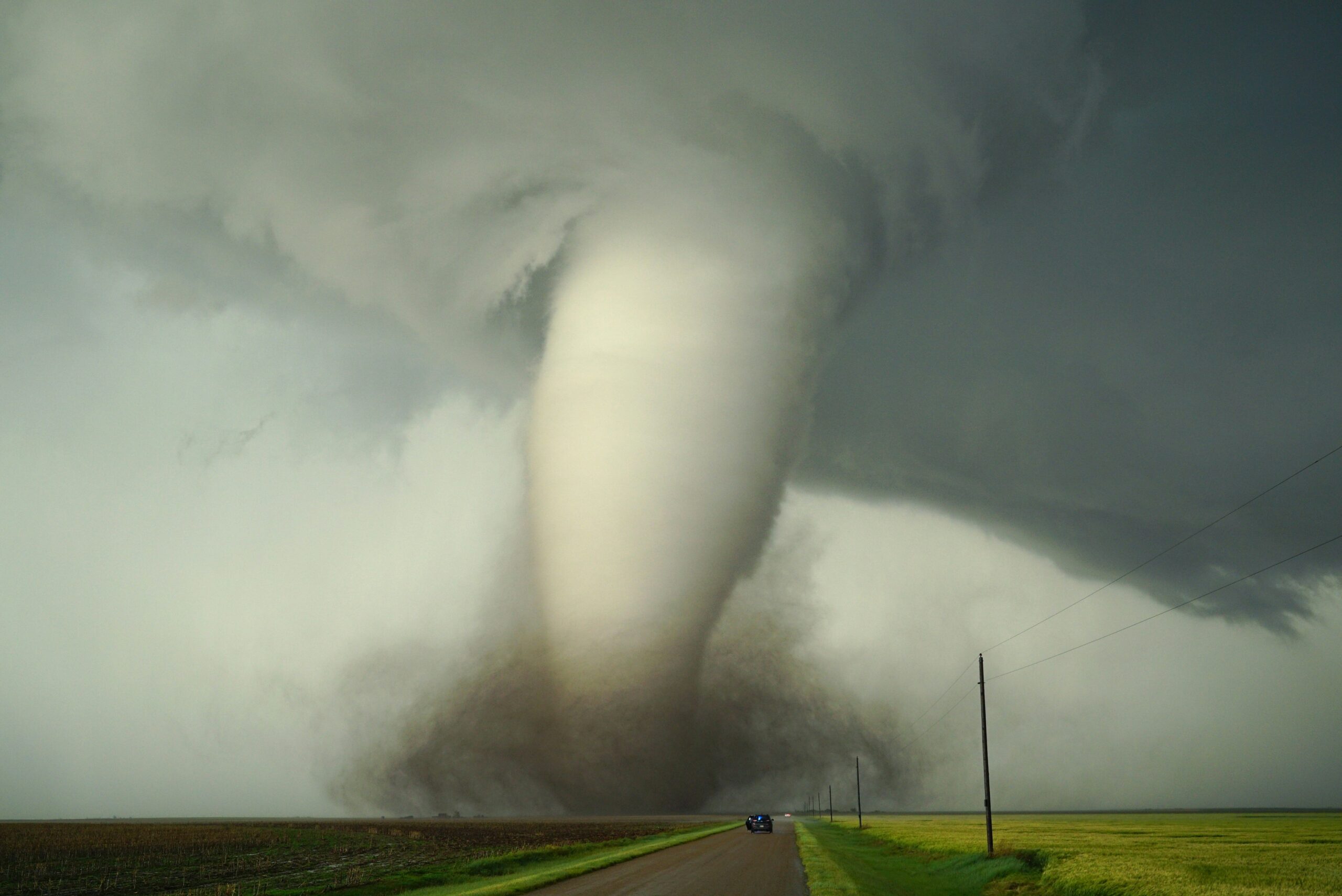
Tornadoes
Tornadoes are powerful storms that can cause considerable damage to communities. They can break branches from trees or lift houses off their foundations. The speed with which they form, and their variable intensity, make them some of the most unpredictable disasters on the planet.
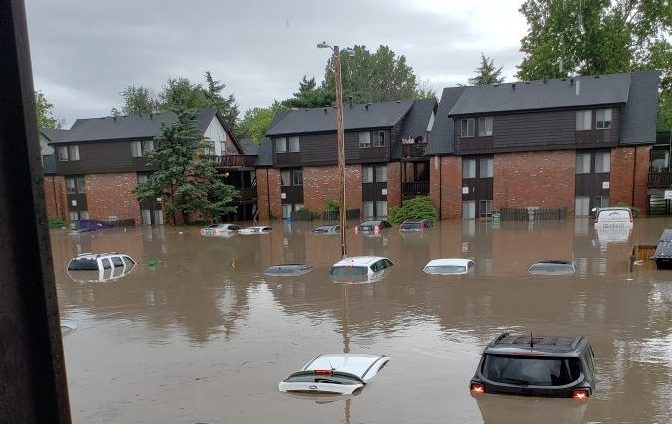
Floods
Flooding is our nation’s most common natural disaster. Regardless of whether a lake, river or ocean is actually in view, everyone is at some risk of flooding. Flash floods, tropical storms, increased urbanization and the failing of infrastructure such as dams and levees all play a part — and cause millions (sometimes billions) of dollars in damage across the U.S. each year.